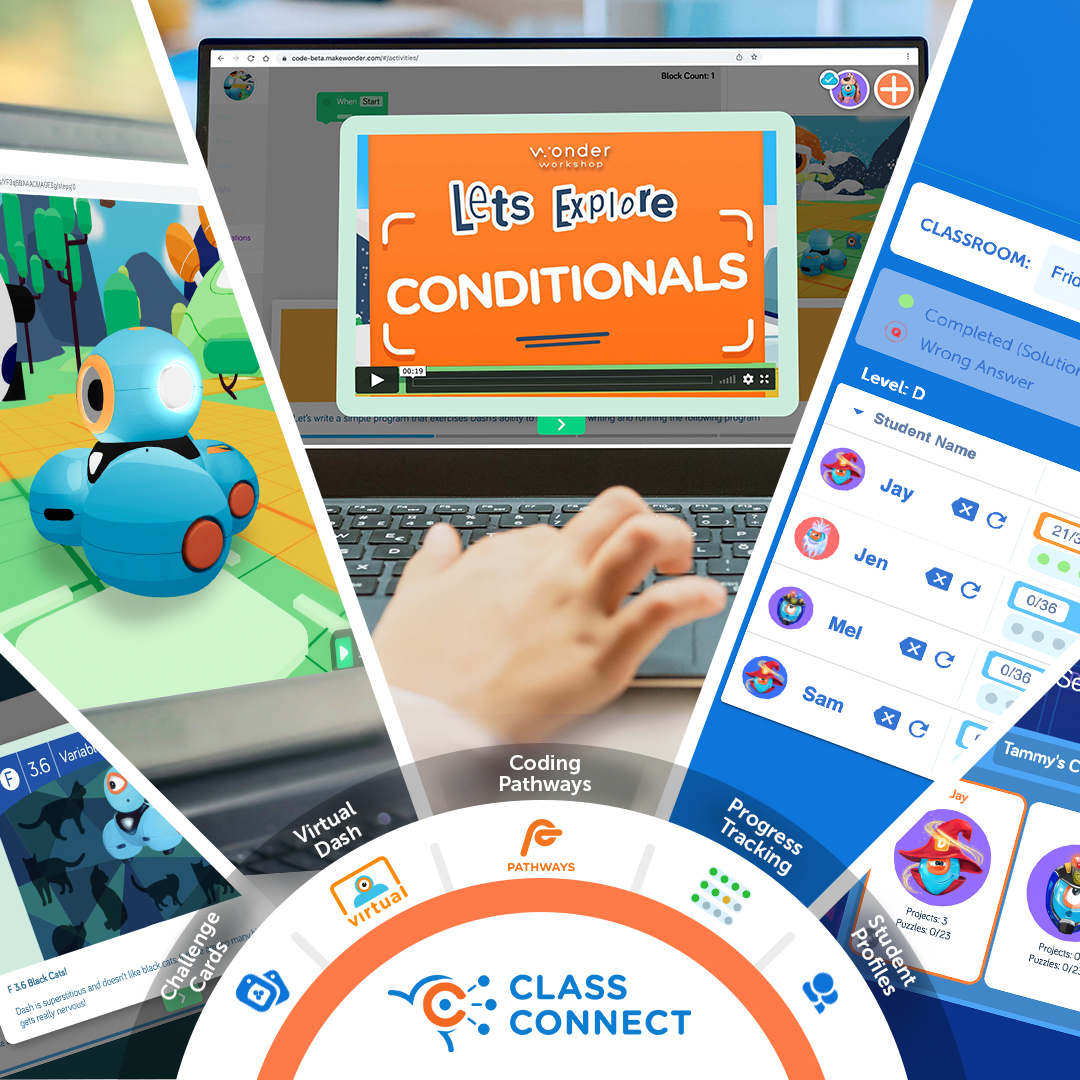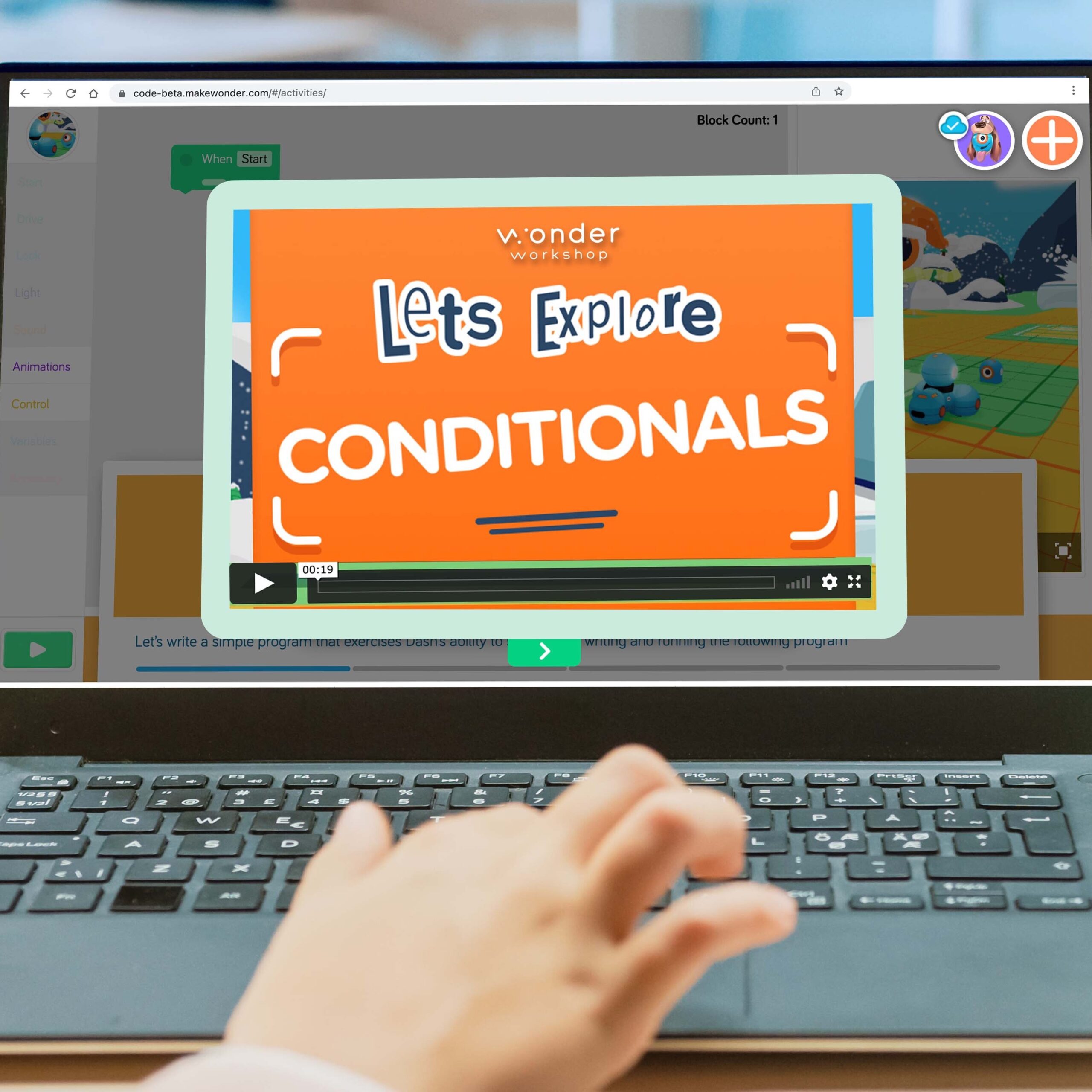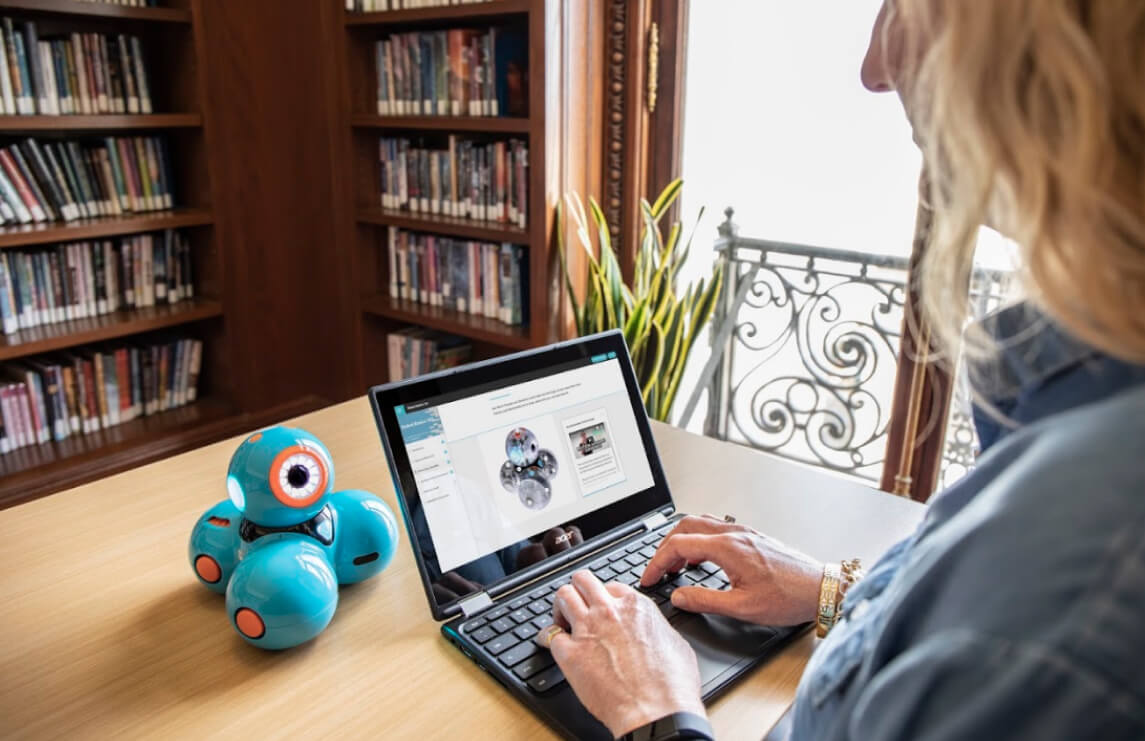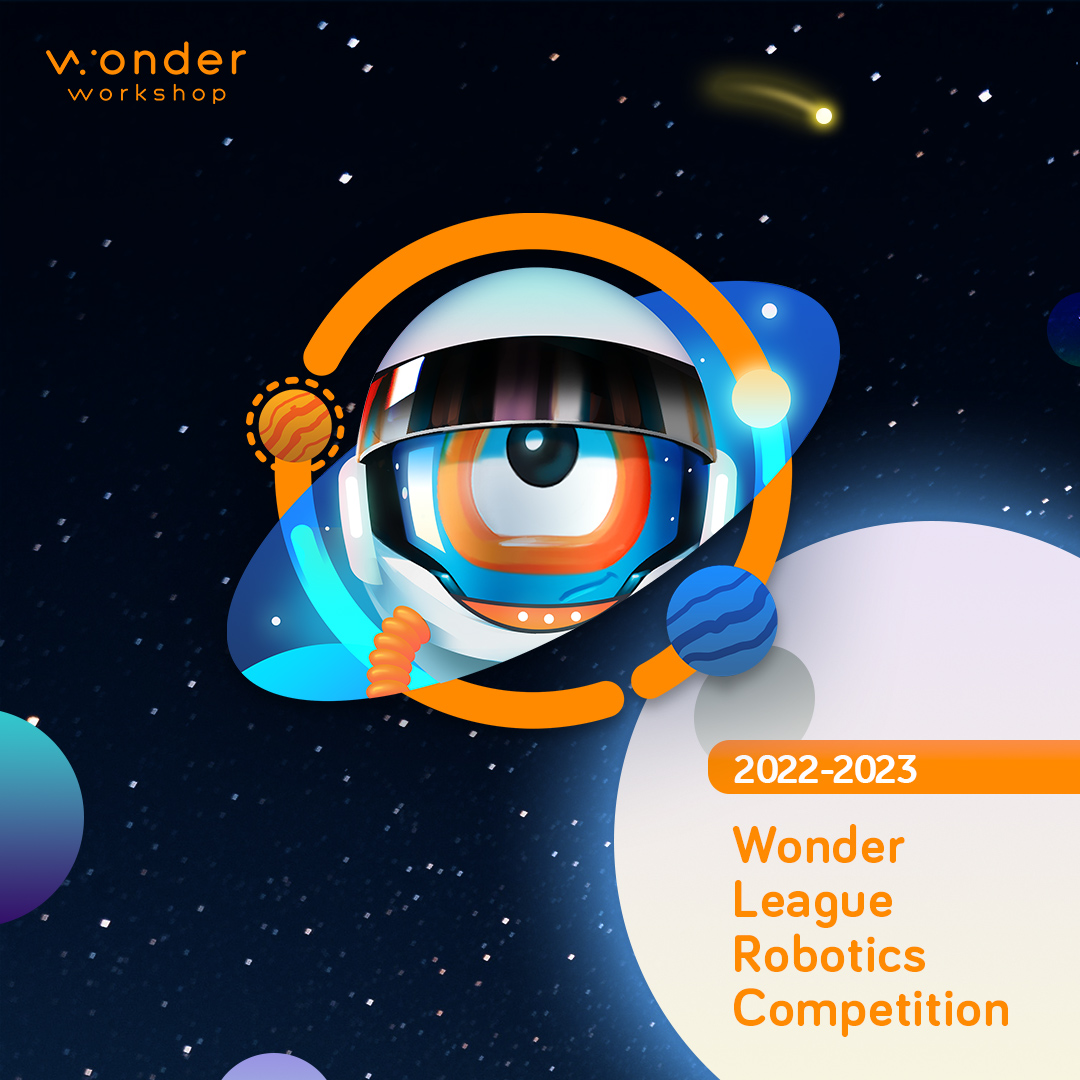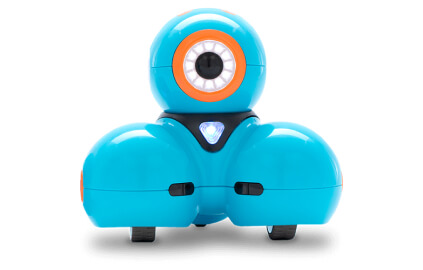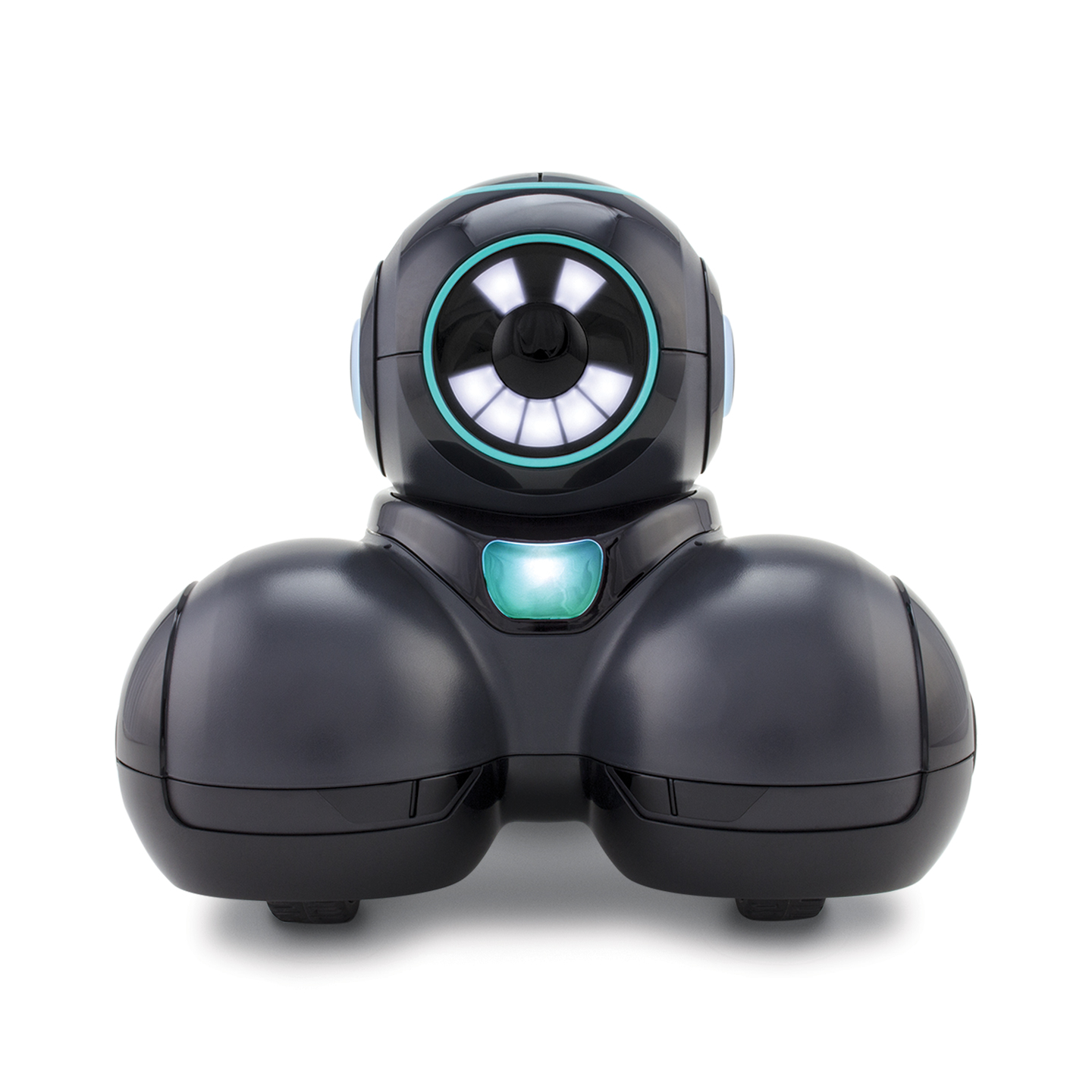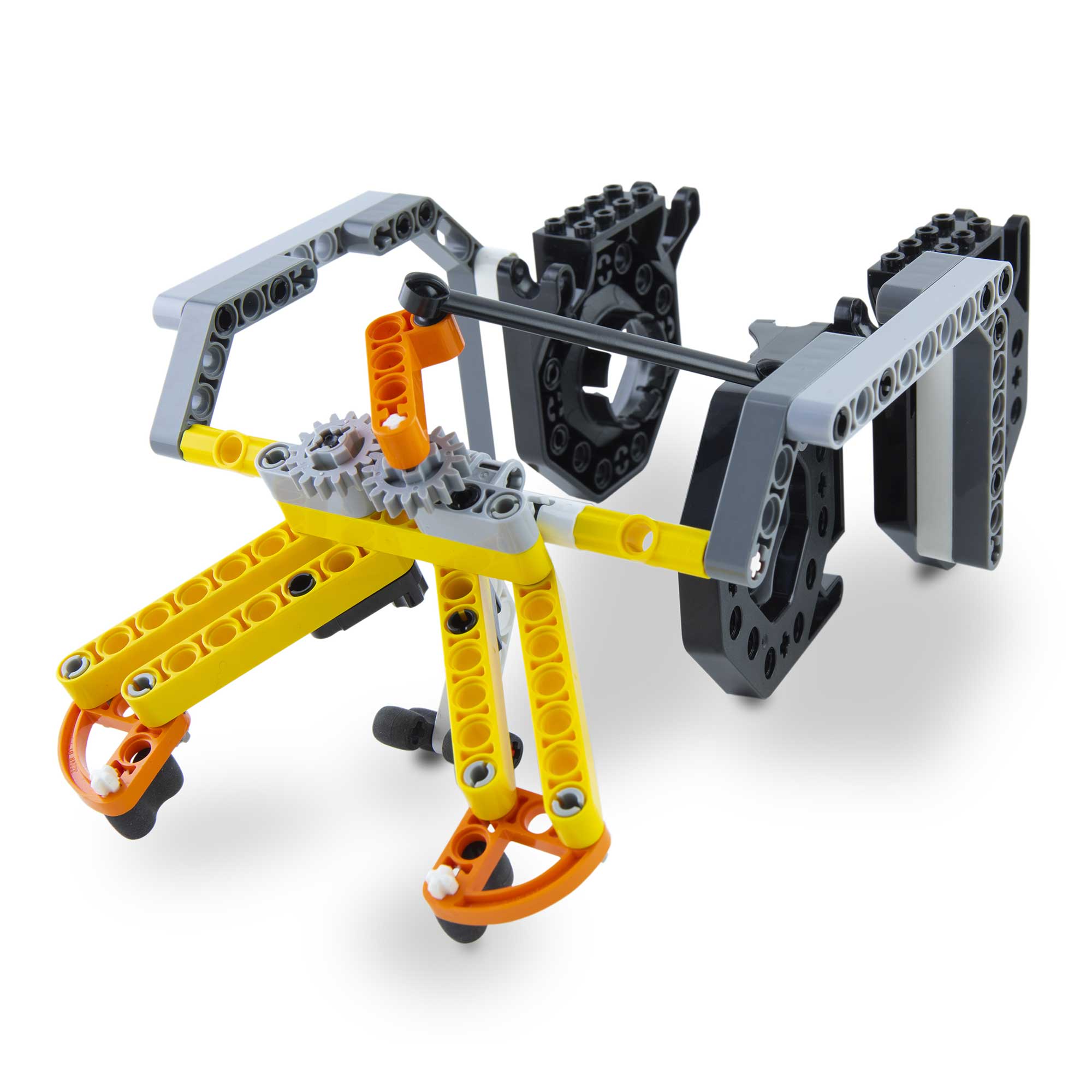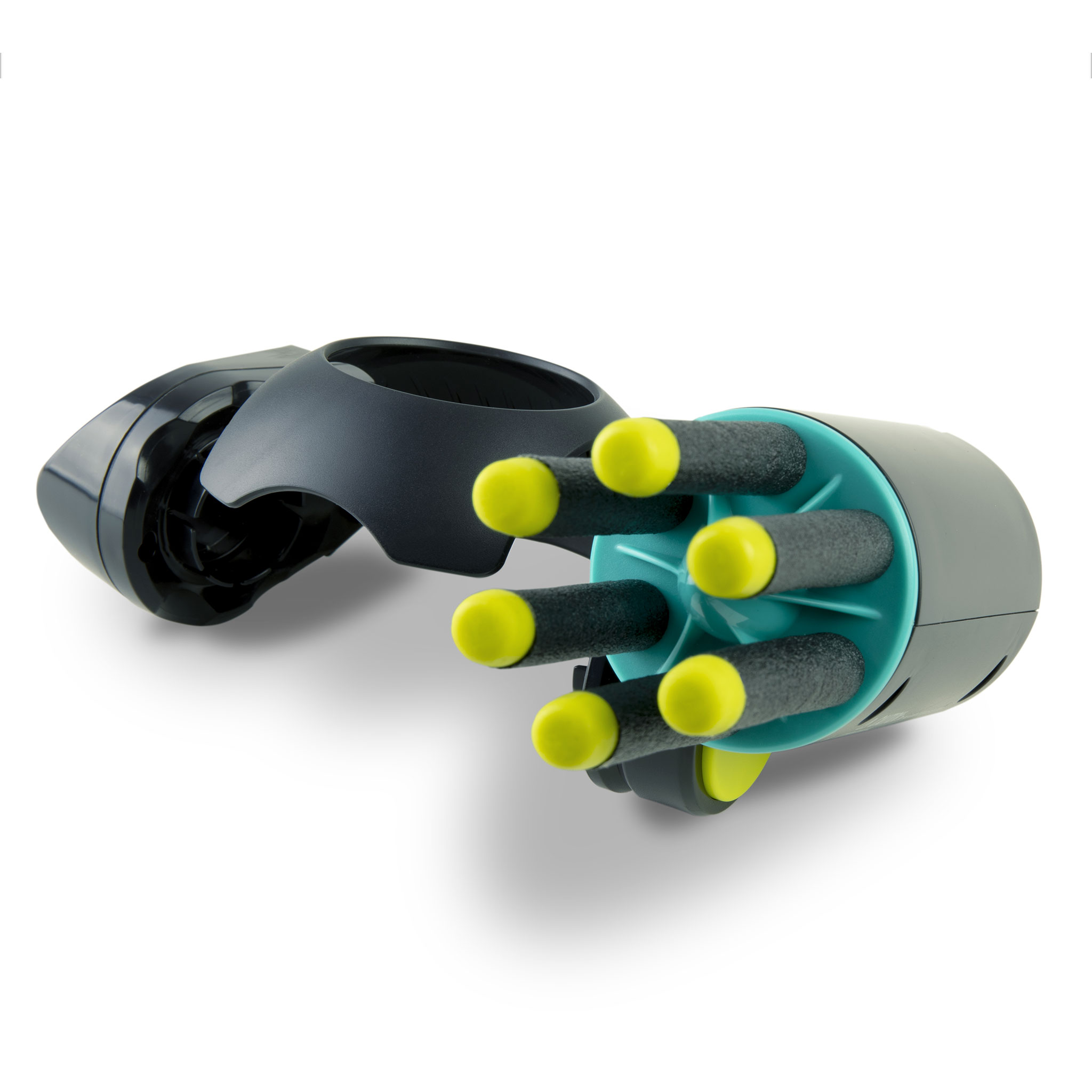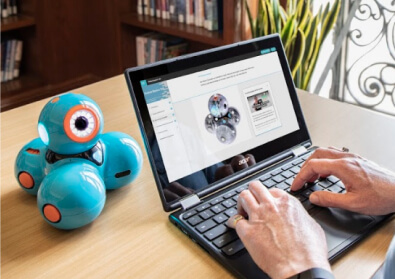
It might sound surprising that you never thought of teaching your kids how to code. However, you understand that children might not have learned to code when they were younger, but many of them do when they are fully grown. Wouldn’t it be advantageous to teach these kids how to code when they are still young? To teach your kids how to code, you would need to know the best way to introduce them to coding. Here are the ways to make use of educational technology and teach them coding:
Introduce Coding to Them
It might be weird for children to drop coding into their brains and expect them to comprehend every bit of it. You have to introduce coding to them bit by bit to prevent them from being confused. Once children find something difficult to learn, they tend to lose interest in it, so you have to make coding look exciting and fun. You have to define what coding is to them in a simple, creative, and fun way. You also have to show them the usefulness of coding and its application in various fields. You need to understand why they need coding and how coding can help them.
You can also tell them things that will boost their enthusiasm, like telling them they can control the computer as the computer cannot work without coding. After building their interest in coding, you can now talk about coding languages. You have to let them know they cannot communicate with the computer like they do with humans. They have to communicate with the computer in specific manners. The only way you can communicate with the computer is by using coding languages. Let them understand that there are several coding languages, and the only way they can build their coding skills is by learning these languages.
When introducing coding to children, you have to make sure you do not say things that will discourage them. Let them build their interest and take things bit by bit. If you can get them to like coding, you can now get them familiar with coding terms.
Get Them Familiar with Coding Terms
When coding, there are specific terms that you should use. Using everyday words can sometimes not exactly pinpoint your message, so it is best to use these terms. Sometimes, you have to put aliens in coding in confusion by using terms they won’t understand.
If you do not get them familiar with these coding terms, you might confuse them when using them. Please give them the list of the names and tell them what they mean. It will help them in getting familiar with coding.
Some kids find it fun to talk in codes other people do not understand. They will likely catch fun in using these terms. Here is a list of coding names: Algorithm, Arrays, Argument, Assignment operators, Arithmetic operators, Autonomous, Binary numbers, Augmented reality, Conditional statements, Functions, Loops, Linux, Machine learning, and Scripts.
There are several other coding terms that you should get the kids familiar with. As time passes, they will know the words by heart. Ensure to teach them the coding terms for a better coding experience.
Introduce Computers and Other Essential Technology
Coding is a practical activity that needs practice. You cannot just teach the kids abstract theoretical knowledge about coding; you have to make them the way and get a glimpse of the task. They can even get bored of the theory if you do not let them exercise their knowledge.
The best way to do this is to give each child access to learning with a hands on approach. There are several devices you can give to them to make coding fun for them. An example of a computer you can provide to them for their coding is the Raspberry Pi 4. The Raspberry Pi 4 is and other accessories make coding full of fun for children. The Raspberry Pi Accessories make coding easier for them. They are also easy to get as they do not cost much. For those that are looking for more interaction, Dash is another engaging and playful tool to help them exercise their new knowledge and build upon it.
Ensure They Keep Practicing and Improving
Coding is not a one-time thing; it requires continuous practicing for improvements. You have to make sure the children practice regularly for progress. As the kids keep practicing, they tend to improve and get to the best part of their coding skills.
Coding can be cumbersome to children if you teach them the wrong way. Some teachers even go as far as forcing children to learn to code, whereas they should provide it to them on a platter. If you can teach them in a fun way, your kid is on their way to becoming a coding expert.
ABOUT THE AUTHOR: Jannina Gray works as a programmer and runs a small IT store. She has been a programmer for 8 years now and she also tried to contribute by writing all she has learned from her experience to help other programmers deal with their problems that come from this profession.
